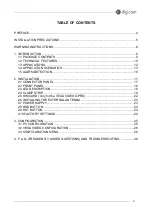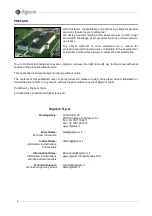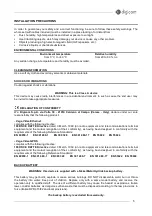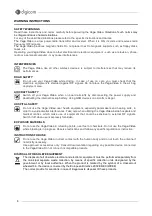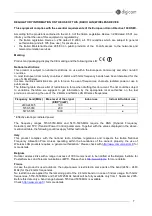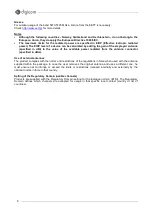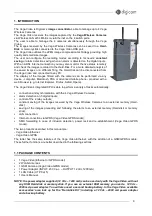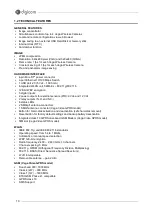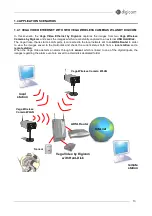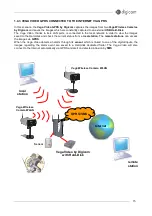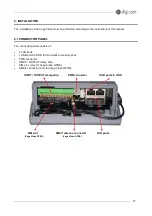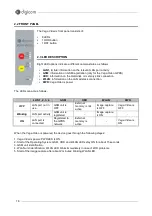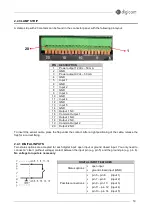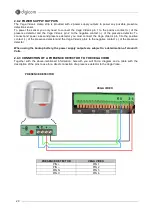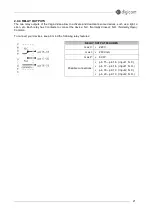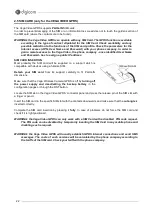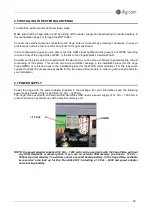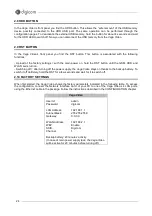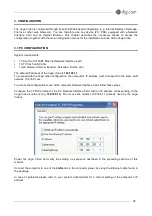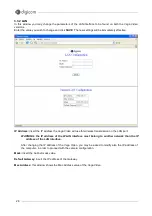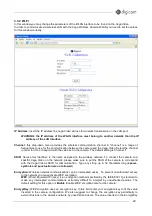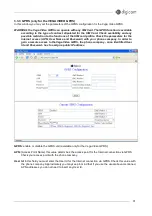
16
1.5 ALARM DETECTION
In the event of an alarm detection, the Vega Video Ethernet and the Vega Video GPRS act in a different
way. The following table shows such differences:
Vega Video Ethernet
Vega Video GPRS
When the Vega Video detects a motion on one of
the activated digital inputs, it saves the images
preceding (Frame before) and following (Frame
after) such a motion according to the configuration
values. You can save the images preceding the
alarm event because the Vega Video receives the
images from the 4 Vega Wireless Cameras and
saves them to its volatile memory. On the alarm
detection, images are then moved from the volatile
to the external memory connected to the USB port
(USB Hard-disk or memory stick).
When the Vega Video detects a motion on one of
the activated digital inputs, it saves the images
preceding (Frame before) and following (Frame
after) such a motion according to the configuration
values. You can save the images preceding the
alarm event because the Vega Video receives the
images from the 4 Vega Wireless Cameras and
saves them to its volatile memory. On the alarm
detection, images are then moved from the volatile
to the external memory connected to the USB port
(USB Hard-disk or memory stick). When saving the
images following the alarm event, the Vega Video
GPRS also activates a GPRS Internet connection
and sends a SMS message to all users added
during the configuration process (GPRS page,
SMS
Number
field). From now on the Vega Video GPRS
can be reached by any web browser for the time set
in the field
Connection timeout
(GPRS page). The
user will get a SMS message with the text inserted
during the configuration process (Alarm Cfg page)
and with the Internet address the Vega Video can be
reached from, e.g.:
http://217.201.196.19/mnt/flash/config/alarm.html
In the address box of a web browser you will only
need to enter the whole address or the initial part,
e.g.:
http://217.201.196.19
to access the Vega Video’s GPRS pages.


